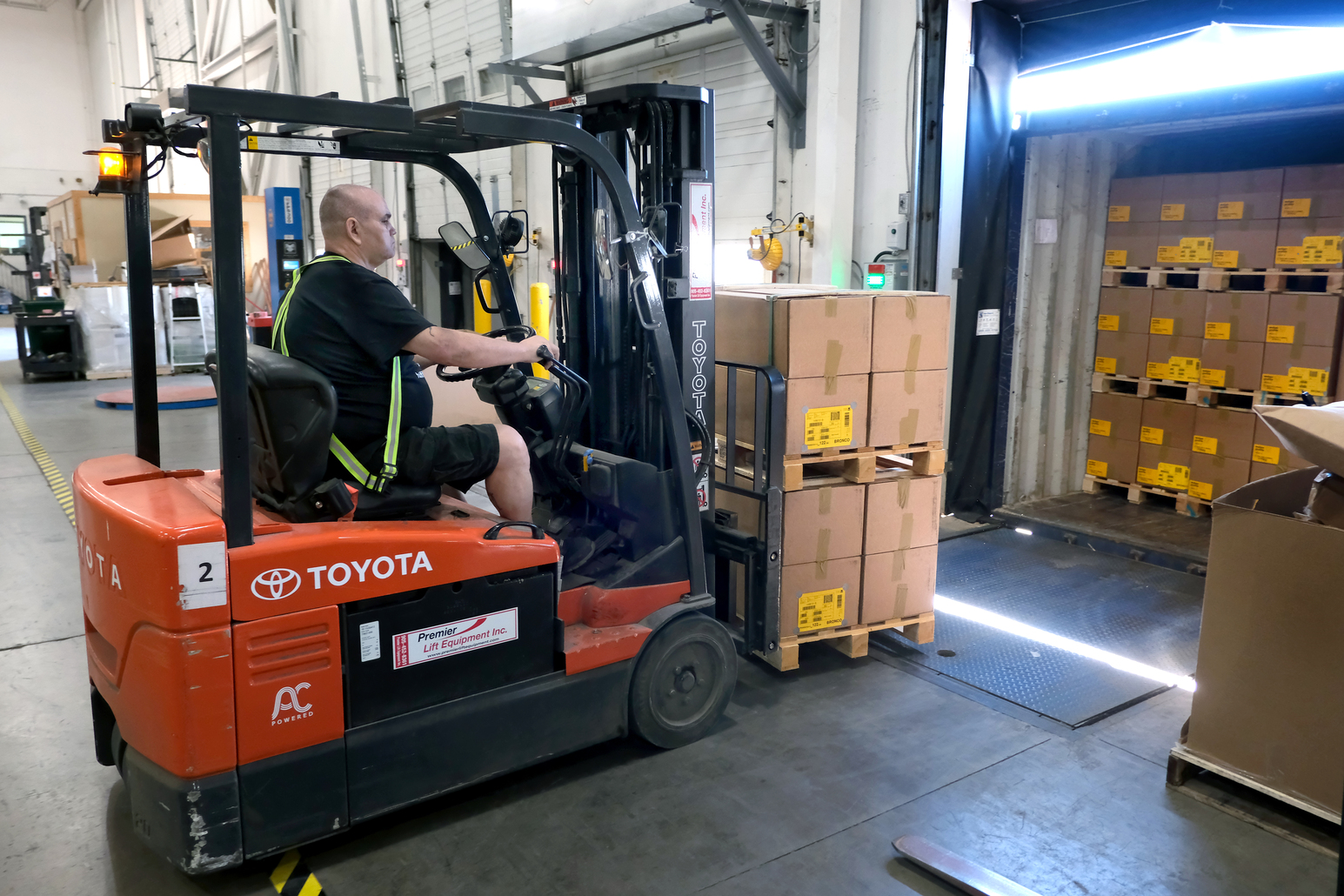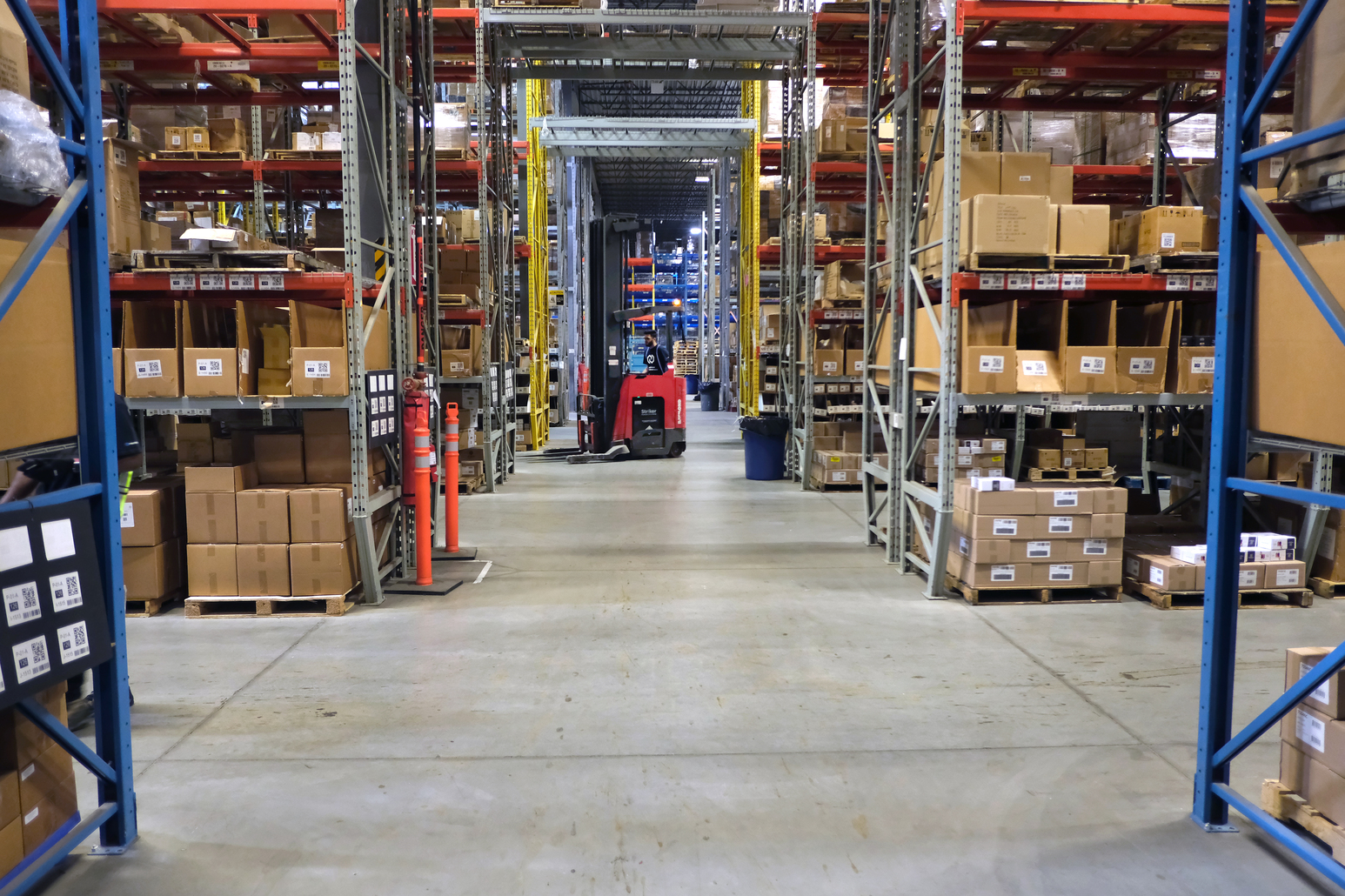So, you are thinking of shipping your product to customers overseas, and are looking at various options for doing so. The vast majority of companies utilize the time tested container as their primary method of delivering their products in a safe and fairly timely manner. Container shipping has been the mainstay of the international shipping community since its conception and implementation in the late 1950’s. However, there are other options.
Prior to Malcolm McLean’s introduction of the iconic shipping container, goods moved between countries and continents on break bulk / bulk vessels. These ships plied the world’s oceans much in the same way as container vessels do the same today, following scheduled routes, and delivering cargoes between international ports. The advent of the container permitted shippers to provide a “door to door service??? among other benefits, and a new era was born.
However, the break bulk or conventional cargo ships as they are also referred are still a major driving force in the worlds economy’s and represent a very viable alternative to container shipping should the right conditions apply. The vast majority of break bulk / bulk customers are large multi-nationals who ship vast quantities of materials, so much so, that loading containers is economically unfeasible, or they are shipping products that are much too heavy or bulky, or both, for containers to accommodate. This does not imply however, that smaller organizations and manufacturers cannot take advantage of the break bulk / bulk shipping markets.
The advantages to shipping bulk
Those of us who ship regularly in containers are cognizant of the never ending price fluctuations and very limited rate validities. Container rates on the Asia to North America trade, for example, are often valid for a measly one week, and there exists a certain amount of jockeying for position by the major container vessel carriers in an effort to maintain the highest level of revenue against the risk of forgoing market share. This results in never ending fluctuations to price points on container rates. Conversely, break bulk / bulk owners are in a much better position to offer much more protracted rate validities providing shippers with rate stabilization over a longer term, which in turn permits shippers / consignees to better plan on a long term basis.
Before I go into what criteria a shipper should look for to deem whether or not break bulk / bulk shipping might be a better option to containers, a brief word on the Baltic Dry Index (BDI). The BDI is a leading market indicator based in London, which measures what it costs to ship raw materials. It is actually one of the most accurate leading indicators in the world as it provides a very clear view of the demand for raw materials. If the BDI is on the rise, it means the worlds manufacturers need raw materials to produce the cars, buildings, infrastructure, etc. If it’s on a down slope, demand is low and thus national economies are possibly in a slump. It is also a reflection of how busy the world’s conventional fleets are. When the BDI is high, the demand for ships is also high and prices for shipping are elevated. Conversely, when the BDI is low, there are many idle vessels as there simply is not enough cargo to fill them, and subsequently prices are low. As it happens, the BDI is currently at one of its lowest points since its peak back in ’08 / ’09, and thus is a great time to take advantage of this bear market.
How to determine if you should ship bulk?
There are several criteria a shipper should consider when pondering break bulk / bulk as a means to ship their products. Here are but a few:
- Product should be durable and shippers will have to be prepared for third party handling of their products. Break bulk / bulk operators only offer port to port services, and therefore should they require door to door service, third parties will need to be involved.
- Volume of product to be shipped needs to be greater than the usual 20 – 25 MT’s shipped in a container. Typically upwards of 1500 MT’s per vessel is required to make it a feasible option. The higher the volume the more attractive the freight will appear to a ship owner.
- Vessel charter vs time charter. If you are planning to ship only occasionally then a vessel charter would probably be better suited to your needs. A company negotiates with a ship owner for each individual shipment, whether or not the charterer (shipper) is chartering only one or two vessel holds, or the entire vessel. If on the other hand the shipper knows they will have routine shipments over a long period of time, say two – five years, the shipper can negotiate a time charter and lock in rates for a much longer term.
There are numerous advantages to shipping break bulk / bulk. If your company feels that this option is worth exploring further, Mantoria Inc. is extremely well positioned to guide you through the myriad of break bulk / bulk shipping options.



